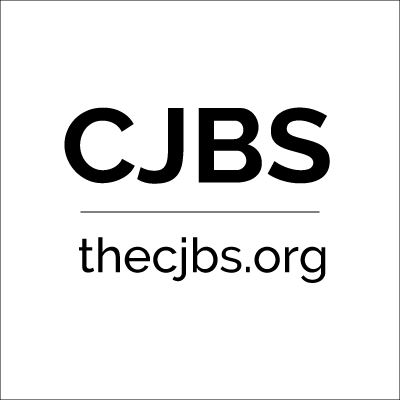< Issue No. 9 (2013)Article
Devolution and Evolution in the Aggañña Sutta
Sugunasiri, Suwanda H.J., University of Toronto
Abstract
While the Aggañña Sutta (D iii.27) has been characterized by scholars as ‘satire’ and ‘parody’, this paper seeks to establish segment # 10-16 of the Discourse as a historically and scientifically accurate characterization of the cyclical cosmic process of Devolution (saṃvaṭṭa) and Evolution (vivaṭṭa). Following an initial outline of the total discourse, it gives an original translation of the relevant seven paragraphs, followed by ‘Notes to the Translation’. The story of Devolution and Evolution is then presented as a ‘Cosmic Narrative’ bringing together the benchmarks identified by the Buddha and by Western Science in evolutionary terms, from 13.5 billion (Big Bang) to 150,000 (‘anatomically modern humans’). This begins with an interpretation of the term Ābhassara, not as Ābhassara Brahma Being as in other scholarly studies, but literally as ‘hither-come-shining-arrow’ (<à- + -bhàs + sara), identifying it with a primordial type of photon. The paper also deals with two seeming paradoxes: chronological and spiritual. The first relates to the appearance of linga (sex) following ‘lingua’ (language) (chronological paradox). The second relates to Ābhassara Brahma Being, now taken in the traditional view, who by definition are freed of sense-thirst, but end up as sexual beings (spiritual paradox). In this context is introduced a new stream of sentient being, named navaka sattà (nouveaux being). As part of the latter is introduced a potential scenario of the Beings (Ābhassara or navaka) evolving into human beings based in Western Science. The paper is drawn upon a triple source - Sutta, Abhidhamma and Western Science, but also a dash of creative intuition.
